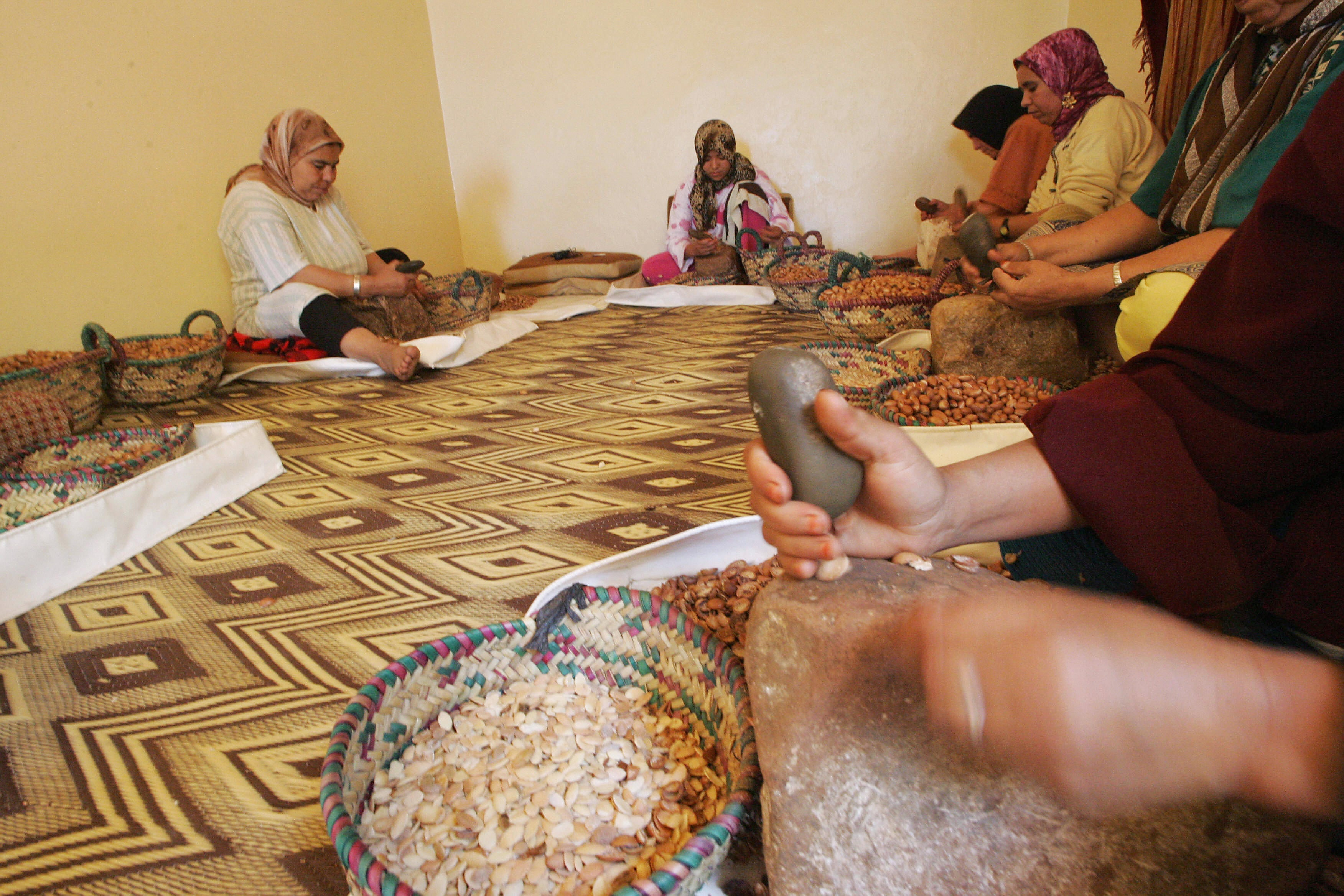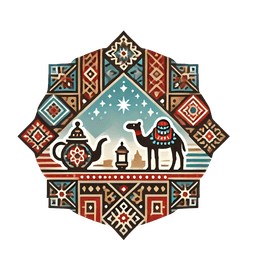- Published on
The Golden Elixir of Morocco Unveiling the Multifaceted Role of Argan Oil
- Authors

- Name
- Adil ABBADI
Introduction

In the heart of Morocco, nestled between the Atlas Mountains and the Atlantic coast, lies a region rich in natural beauty and ancient traditions. For centuries, the indigenous Berber people have cherished a sacred tree, the Argan (Argania spinosa), whose golden oil has been woven into the fabric of Moroccan daily life. This article will transport you to the land of vibrant souks, tantalizing aromas, and breathtaking landscapes, as we explore the multifaceted role of Argan oil in Moroccan beauty and cuisine.
- Cultural Significance
- Beauty and Skincare
- Culinary Traditions
- Preservation and Promotion
- Conclusion
- Cultural Call-to-Action
Cultural Significance
Argan oil has been an integral part of Moroccan culture for generations, with its origins dating back to the ancient Berber tribe, the Amazigh. The oil is extracted from the kernels of the Argan tree, which grows exclusively in the southwestern region of Morocco. This unique tree, capable of withstanding harsh conditions, has become a symbol of resilience and adaptability, reflecting the character of the Moroccan people.
Beauty and Skincare
Argan oil is renowned for its exceptional cosmetic properties, rich in antioxidants, essential fatty acids, and vitamin E. These nutrients make it an ideal moisturizer, capable of regenerating and nourishing the skin, hair, and nails. In Moroccan beauty rituals, Argan oil is used as a natural remedy for various skin concerns, such as acne, eczema, and wrinkles.

Moroccan women have long prized Argan oil for its extraordinary ability to hydrate and soften the skin, often applying it as a daily moisturizer, massage oil, or hair treatment. Today, Argan oil is a sought-after ingredient in international beauty products, with many Moroccan cooperatives and artisanal producers working to preserve traditional harvesting and production methods.
Culinary Traditions
Beyond its cosmetic applications, Argan oil is an essential component of Moroccan cuisine. The oil is used as a finishing touch, adding a rich, nutty flavor to various dishes, from tagines and couscous to salads and grilled meats. Argan oil is also used as a cooking oil, imparting a unique flavor and aroma to traditional Moroccan recipes.

In Moroccan households, Argan oil is often served as a condiment, accompanying traditional breakfast dishes like msemen (a type of pancake) or khobz (Moroccan bread). This golden elixir is also used in traditional medicine, where it is valued for its anti-inflammatory and antioxidant properties.
Preservation and Promotion
Efforts to preserve and promote Argan oil are underway, with many cooperatives and organizations working to support local producers, particularly women, in maintaining traditional production methods. The Moroccan government has also established initiatives to protect the Argan forest, ensuring the long-term sustainability of this precious resource.

Conclusion
Argan oil is more than just a natural resource; it is a symbol of Moroccan resilience, adaptability, and beauty. This golden elixir has woven together the threads of Moroccan culture, from beauty and skincare to culinary traditions and environmental preservation. As we explore the multifaceted role of Argan oil, we are reminded of the importance of cultural preservation and the need to support local communities in their quest to protect and promote their heritage.
Cultural Call-to-Action
As we delve into the enchanting world of Moroccan culture, we invite you to join us in our appreciation for the rich heritage and traditions of this captivating land. Take a moment to explore the authentic beauty and culinary wonders of Morocco, and let the golden glow of Argan oil illuminate your path to cultural discovery.
